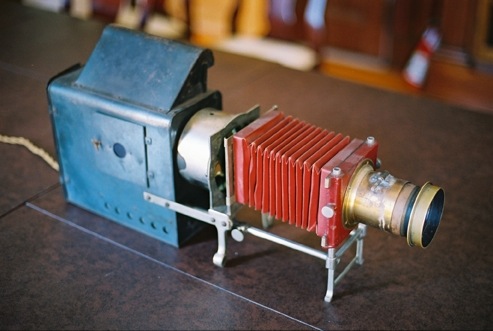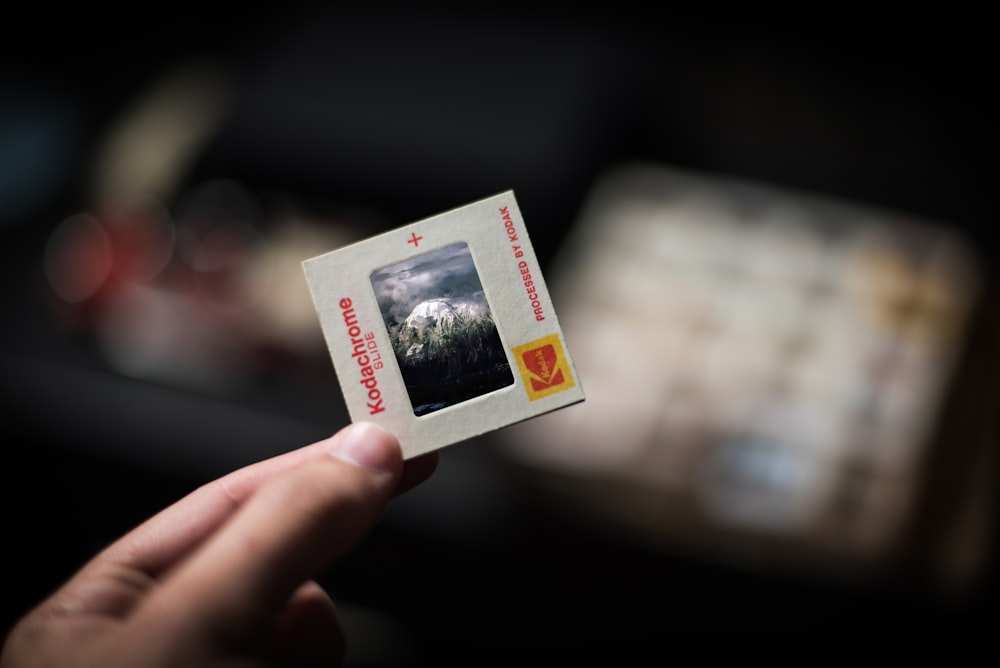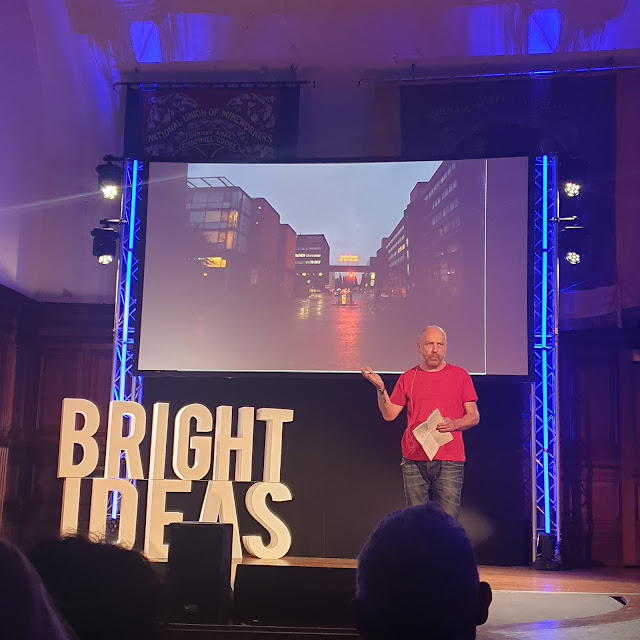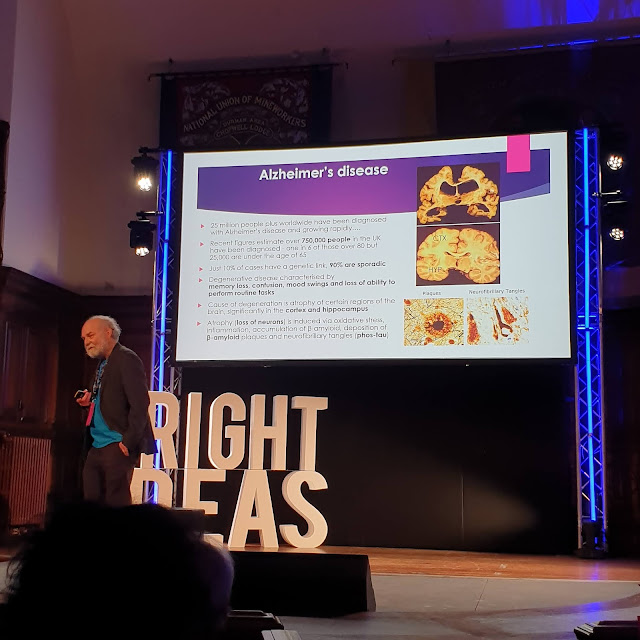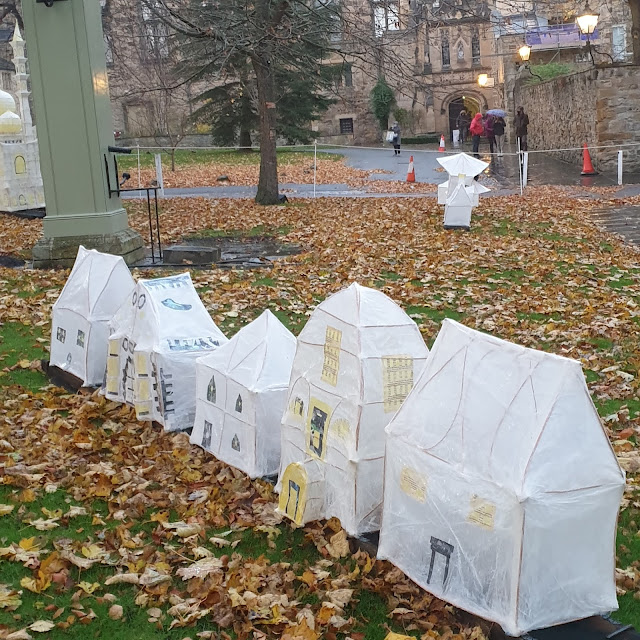Hi! This records one of my busiest day as a Postgraduate. I started my Masters in Visual Culture at Durham University in the Michaelmas term. Don't let the frequency of the classes fools you, even though I only have a weekly seminar, the readings are definitely intensive and it is solely up to us to allocate the amount of time we want to invest in reading.
6.30 a.m. I set the alarm every night but my internal clock is rather reliable. My morning routine is to open the pivot windows to let the air in and get ready for the day. I make Camomile tea in my thermal flask and put it aside.
7 a.m. Incorporating physical movements daily is crucial for me. I energise myself my with online yoga classes. I especially enjoy the Meridian Yoga, Vinyasa and Core. They target different areas in the body and help me to get the day right.
8 a.m. My hearty breakfast consists of the staple overnight oats with plant milk. The plain-looking bowl of oats can be brighten up with different kinds of fruits and homemade granolas. My favourites have to be pomegranates, raspberries and chopped apricots topped with some nuts and seeds.
10 a.m. Today, I had an object handling class at the Oriental Museum. It was conducted by Dr Craig Barclay, Curator of University Museums. My coursemates and I sat around the art objects and we described the visual elements. What was missing was shared further and almost each object has a fun fact. On the way, I was just awed by this tree. The colours during Fall are phenomenal!
12 p.m. They say never do grocery shopping on an empty stomach but I never heed the advice. When I overbuy, I do batch cooking so I do not have to make every meal from scratch. Cooking is therapeutic, like mediation. Nourishing my body and mind for better health. On the way home, I went to pick up my pair of pre-ordered boots from a shop.
1.30 p.m. Five of us share a kitchen and we bond over meals and drinks. Today, I joined Anna, one of my housemates in the kitchen. She has just returned from York with her groceries. She showed me a printed recipe she got from Waitrose and made roasted aubergines for lunch.
3.30 p.m. I just realised that I have missed out printing a reading for next week. Heading to Bill Bryson Library and I hope my printing credits are not running low.
6 p.m. The Research Forum at St. Chad’s College is incredible. Two of my housemates are presenting today so I am exceptionally hyped. There are usually two speakers for the presentation and the research can be past or whatever the presenter is working. Presenters can use the opportunity simply to practice their presentation and public speaking skills in a friendly and relaxed environment to a non-specialist academic audience.
7.30 p.m. There are weekly formals which college students can signed up for. As I live in a self-catered college, I would need to buy a meal ticket for £7 for a three-course meal which is incredible! St Chad’s underground bar would also be open for wine purchase if you like pairing your dinner with wine.
10 p.m. Darkness sets in by 4.30 p.m. I feel that I needed to make better use of the daylight hours that is available. Going to bed early is a habit that I have cultivated and it’s keeping me going.
